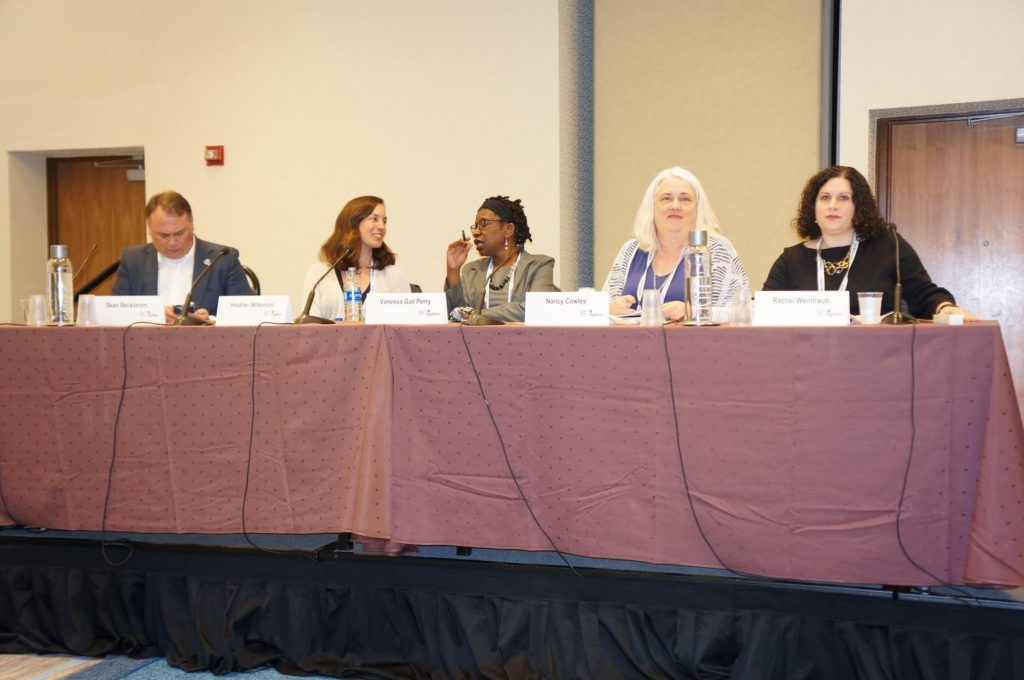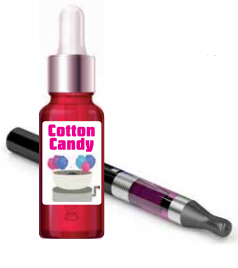 This week marks the seventh anniversary of the implementation of a groundbreaking idea – SaferProducts.gov went live on March 11, 2011. This database of consumer reports catalogs incidents with consumer products – everything from worrying about a possible hazard to reporting a death caused by one. For the first time, consumers had access to information on products that might have caused injury prior to recall.
This week marks the seventh anniversary of the implementation of a groundbreaking idea – SaferProducts.gov went live on March 11, 2011. This database of consumer reports catalogs incidents with consumer products – everything from worrying about a possible hazard to reporting a death caused by one. For the first time, consumers had access to information on products that might have caused injury prior to recall.
Despite a forecast of disaster from the industry and at least one attempt to suppress information posted on the site through a lawsuit, it has functioned pretty much as intended. Consumers can both make reports when they are injured by a product and review what other consumers have posted about products they may have or be considering buying.
For instance, considering buying a stroller for a new baby? You’ll find reports of strollers folding while occupied, wheels that fall off, and restraints that fail. Companies can add a comment if they choose to give more information. Some of these products are recalled already for the same hazard – something the company and/or CPSC can alert consumers to in the report.
Consumers who want to make sure someone (who can do something about it) knows about a potential hazard can make a full report here – giving CPSC and other consumers a look at the issue.
Recalls are posted at this link as well, making it a good place to bookmark for children’s safety information.
Can it be better? Yes – we have a few suggestions for CPSC to improve the function of the database.
- Market the site more widely both to generate reports and allow consumers to research products. CPSC made a few great PSA’s a few years ago, but the continuing effort to drive consumers to the site seems weak.
- CPSC gets many reports from other sources that would greatly increase the usefulness of the database. They should consider ways to get that information in the correct format and with the information needed to include it in the SaferProducts database.
- CPSC added a field to the report pages where they can display any recalls associated with the product. However, a quick search shows it is not linked very often. Sometimes a company will include it in their narrative response, but the link, in the expected field, would encourage consumers to participate in the recall.
- While the exact percentage isn’t known, many of the reports made don’t make their way to the public database. Sometimes it is because the consumer asks for it not to be posted, but also because some information is missing. CPSC should review the form to improve the quality of the reports filed by adding prompts, explanations, etc.
- gov contains a wealth of information. Reports on specific injury patterns or products generated from the data would be an excellent way for CPSC to highlight the database and provide useful information to consumers to keep children safe. On the flip side, getting feedback from users of the database could allow CPSC to continue to improve its utility.
Happy Anniversary to CPSC and SaferProducts.gov. We’d love to hear about your experiences with the database. Use comments here or on our Facebook post.


